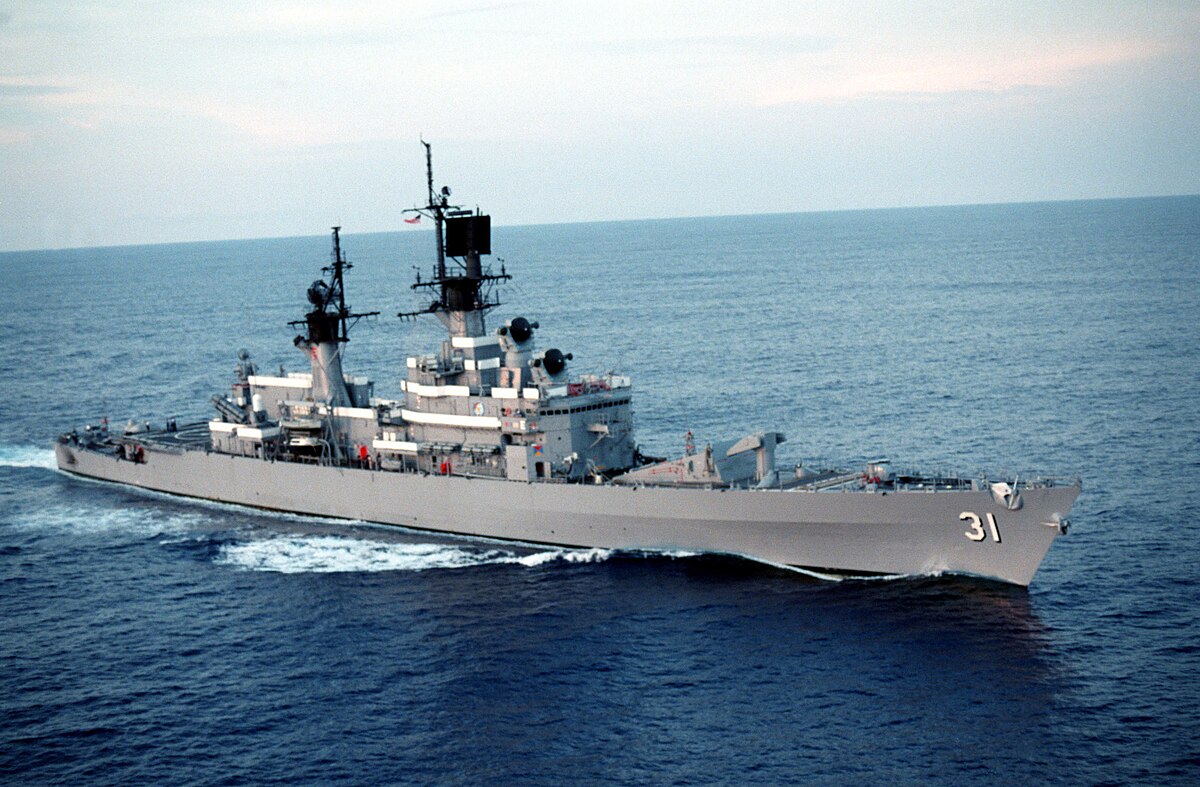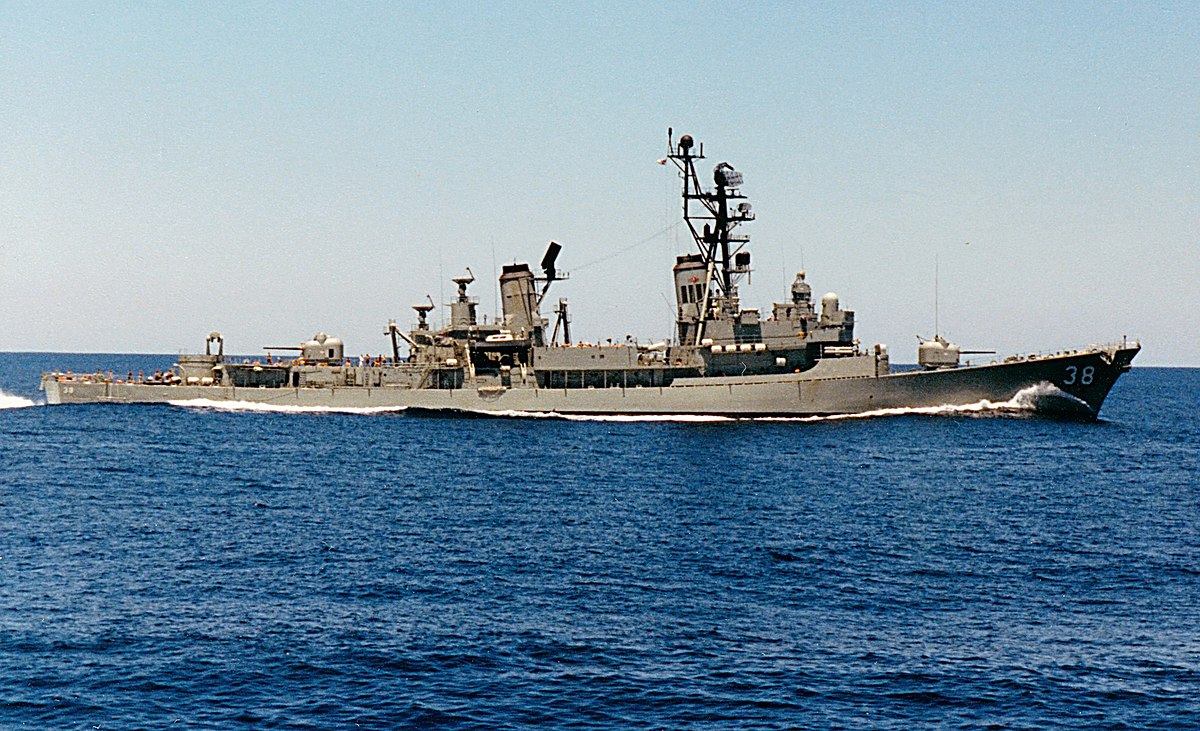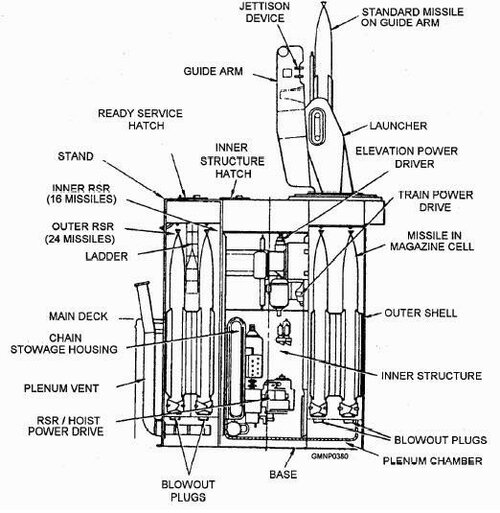To be fair to to VADM Sir Henry Mackay Burrell, Australian Chief of the Naval Staff 1959-62, I can understand where he was coming from. At the time the Australians had just completed three Daring class ships, each had three twin 4.5" Mk.VI, single Limbo and six bofors barrels.
The British were writing requirements for a Tatar class weapon that would fit in the physical space taken up by a single twin 4.5" Mk.VI mounting and magazine, Seacat was being sold as a direct replacement for Bofors mountings and the Australians managed to get their Ikara system to fit in the space taken up by a single Limbo system. The Perth class (2 x 5" mountings, 1 x Tartar system, 1 x Ikara system at under 4,000 tons standard displacement with an all-steam plant) ultimately gave them something conceptually very similar to a Daring design modernised with such substitutions. With the information they had available, the Australians may have imagined a Daring with those substitutions, still providing two 4.5" Mk.VI twin mountings, then scaled up a bit to take Wessex helicopters.
The County class was a very different ship,
designed around a Terrier class missile, with novel COSAG machinery and morphing into such a size that the RN persistently flirted with nudging it up to cruiser standards.




